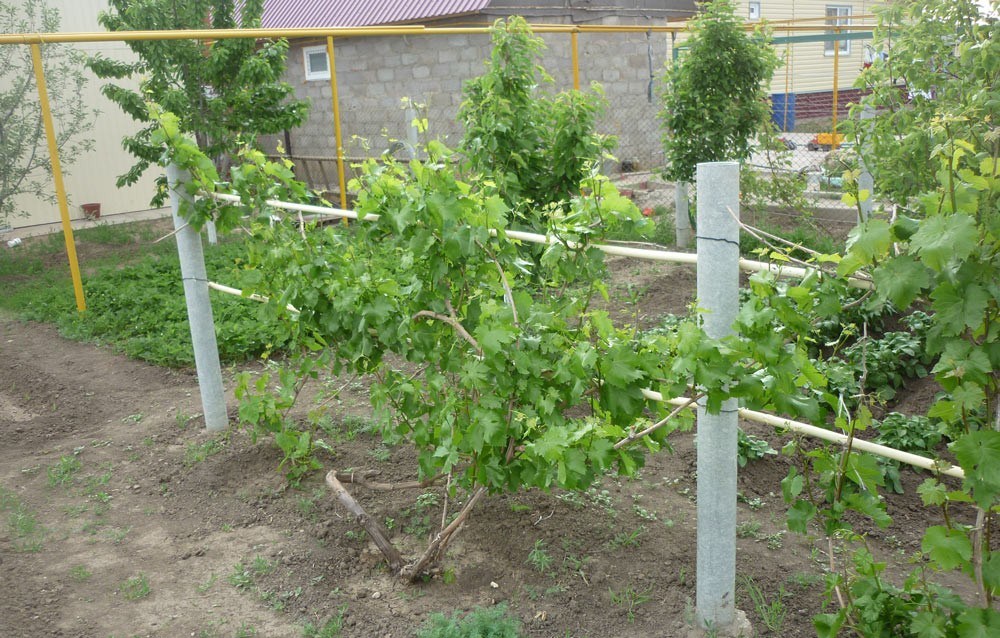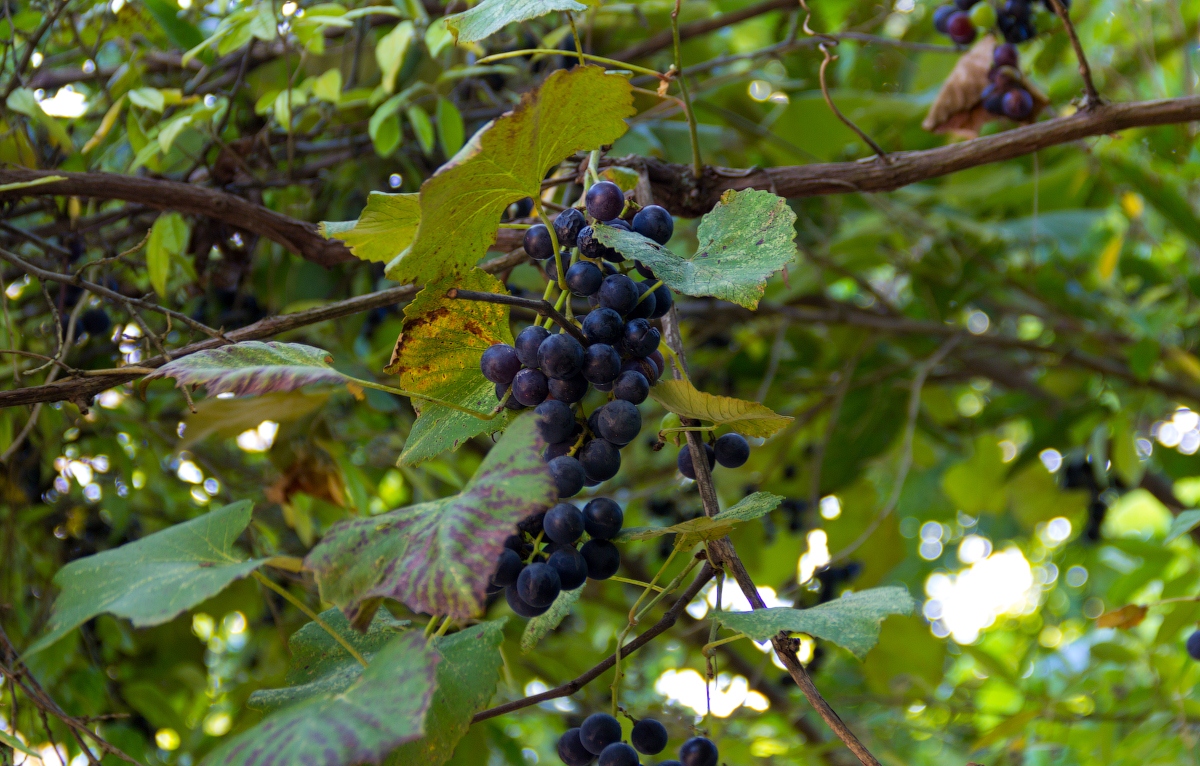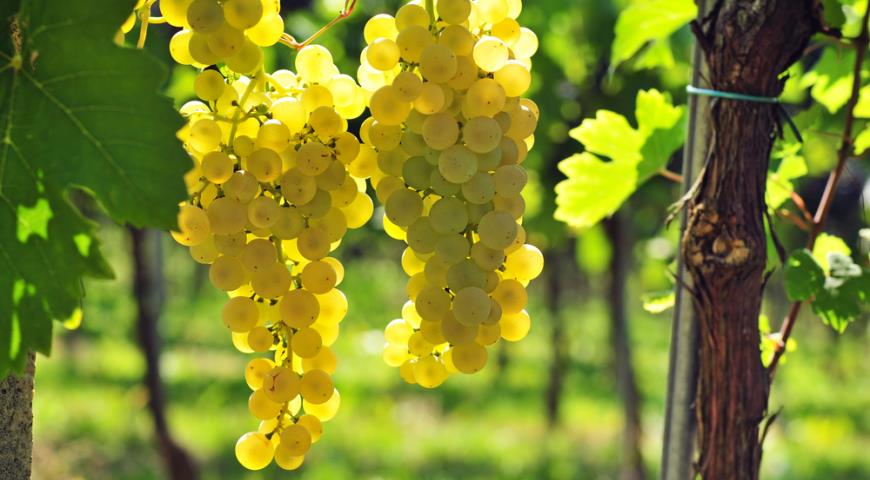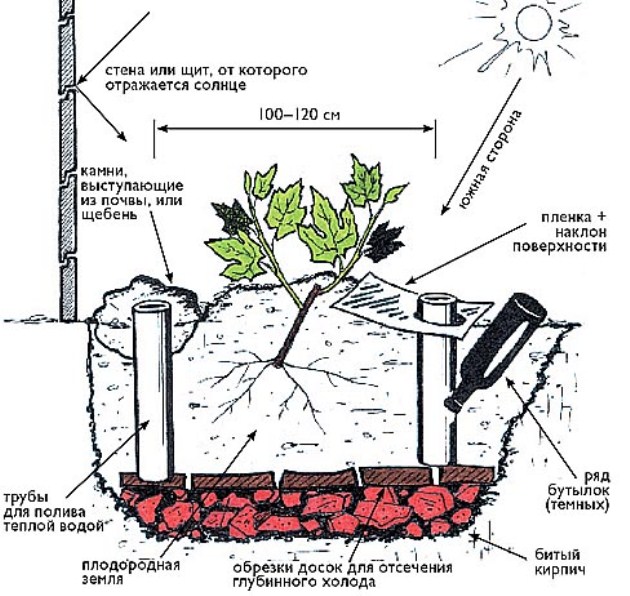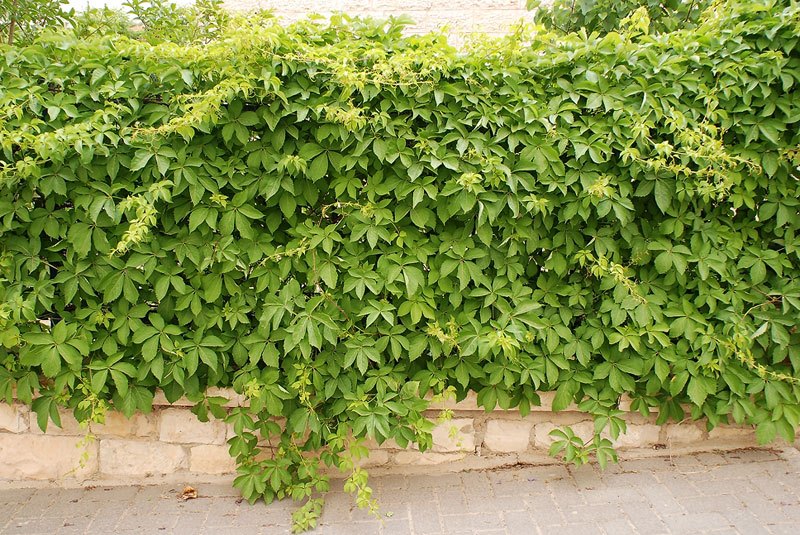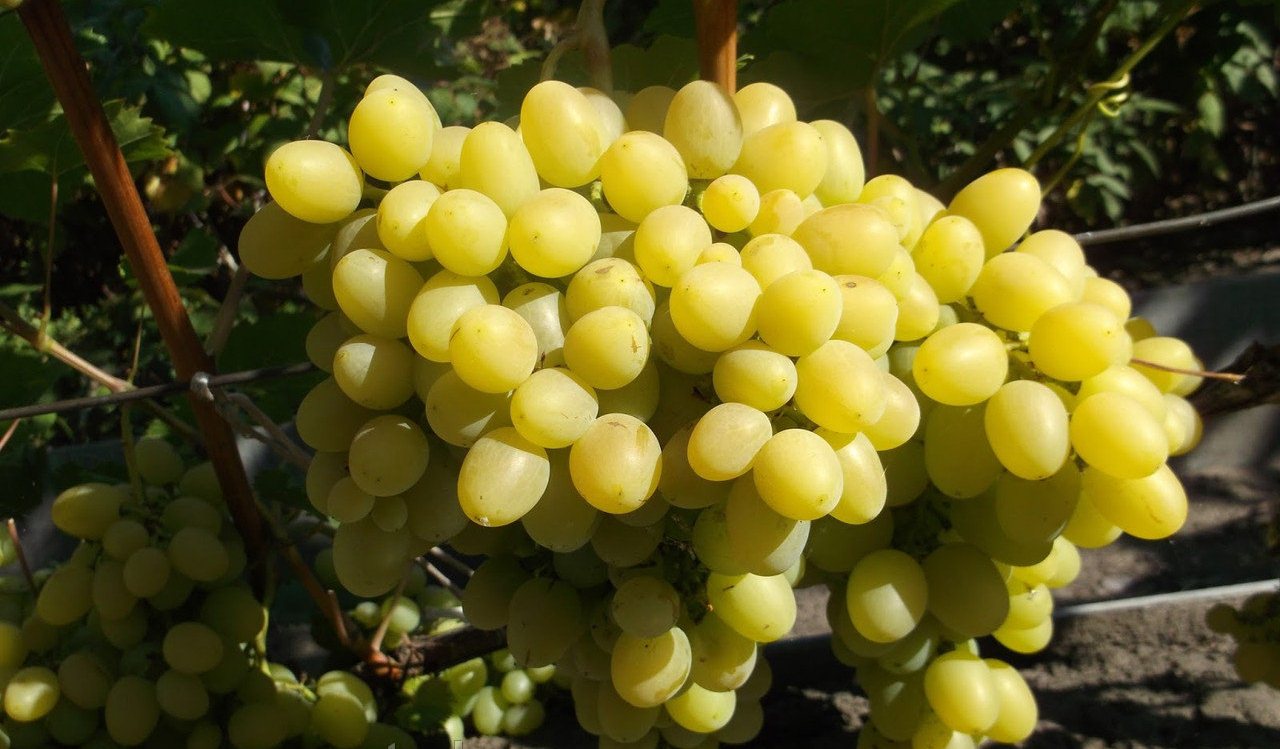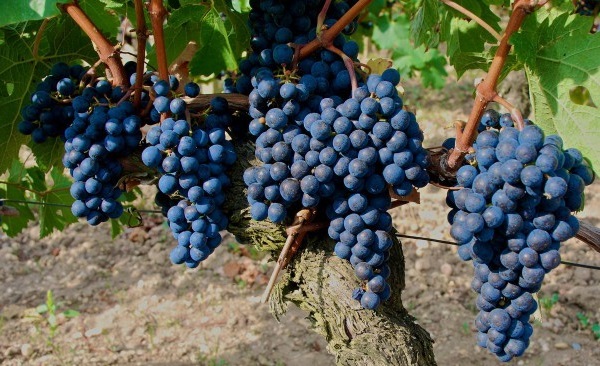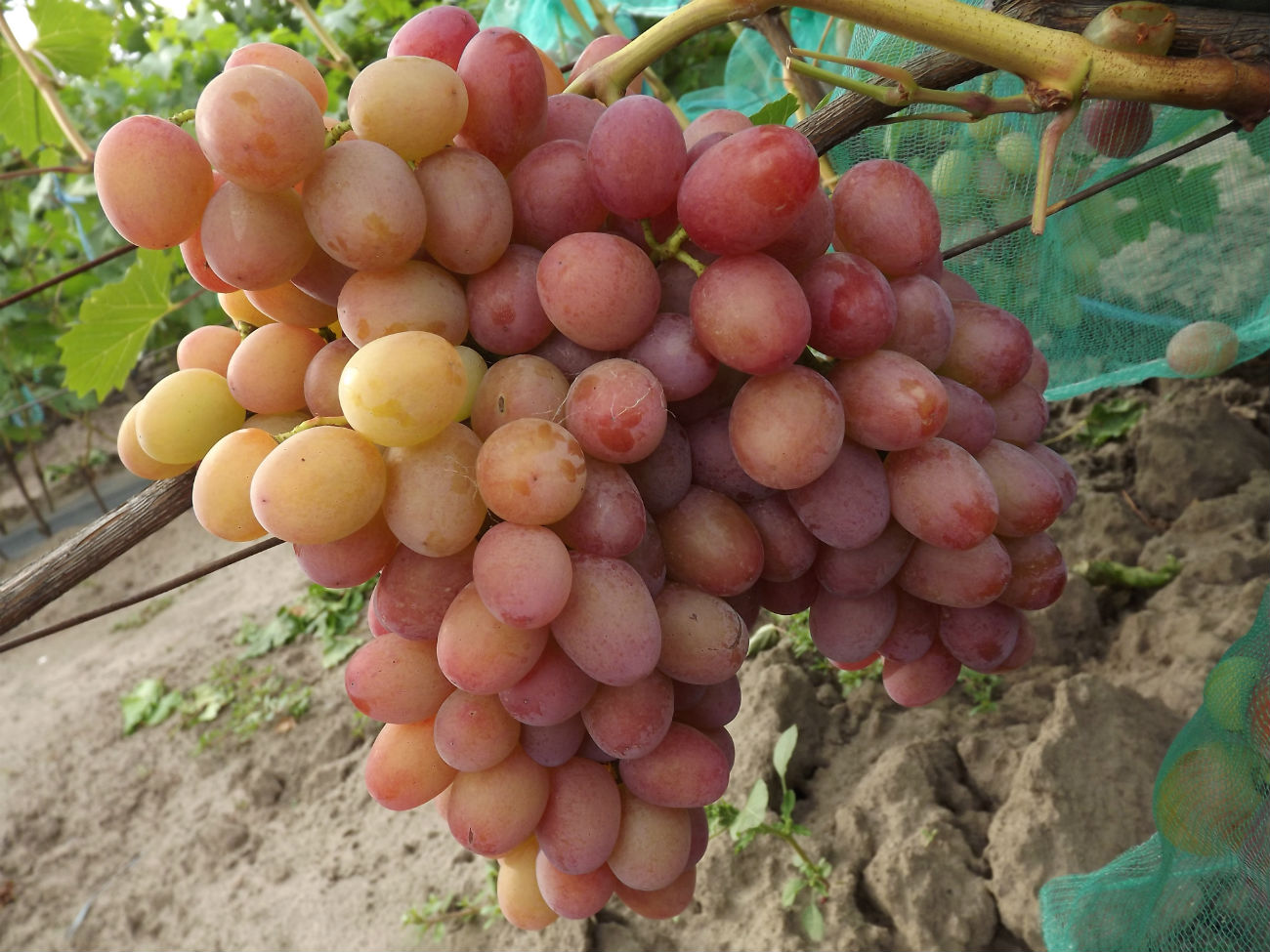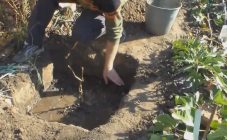Content:
Grapes are an unpretentious culture, but the main guarantee of its successful cultivation is sufficient sunlight. Therefore, deciding where to plant grapes on the site is the most important task for the gardener.
Key factors in site selection
The decisive factors when choosing a place for planting grapes are illumination, winds, moisture, soil structure and chemical composition.
Where is the best place to plant grapes on the site? The most acceptable place is the south side, preferably near the house, while the distance between the bush and the wall should be at least 1.5 m.Then the building warmed up during the day will give off heat at night and additionally warm the plantings. The southern slope can also be a good place if it is available in the country.
If it is impossible to plant on the south side, you can choose the western part of the garden, but only if it is not shaded by tall trees. Why not plant grapes near tall trees? Because the roots of grapes grow up to 4 m, and the root system of an apple or pear will not allow this. It is recommended to split the vineyard at a distance of 3 m from trees and 2 m from shrubs. They can serve as excellent protection for the grapes from the wind, but their height should not exceed 3 m so as not to shade the vineyard.
Usually in small summer cottages it is difficult to find a place for planting grapes without any shade. In a partially shaded area, it will be possible to grow early varieties, but the ripening time will shift slightly.
Grapes can grow on sandy loam, loamy soils and black soil, the best option is a mixed soil consisting of sand, stones, clay and organic matter. In terms of acidity, the soil can be neutral and alkaline. High acidity is unacceptable, as it interferes with the absorption of nutrients. Therefore, when choosing a place for grapes in a summer cottage, you should measure the acidity of the soil using a pH test, if necessary, add lime or dolomite flour to the holes.
Influence of various factors on growth, yield and quality
Grapes can grow in a variety of conditions, but they are very sensitive to them. The quality of fruits of the same variety, but grown in different places, can be strikingly different. And here are the reasons:
Lighting
With its lack, the shoots become thin and weak, the flowers crumble, full-fledged clusters cannot form, the winter hardiness of the bush decreases. Grapes growing in the shade do not pick up enough sugar, enzymes and vitamins. Grapes as a plant develop better with a short daylight hours. If its duration is less than 10 hours, the growth of grapes is slowed down, it does not ripen, and therefore it is difficult to engage in viticulture in the northern regions of Russia.
Temperature regime
In the spring, before the temperature reaches 10 ° C, the vineyard is dormant; when the temperature rises to 12 ° C, budding begins. The most favorable temperature for the growth and maturation of the vine is considered to be from 20 ° C to 30 ° C. A decrease to 15 ° C in autumn during the ripening period of the fruit significantly slows down this process, and heat above 30 ° C negatively affects growth and development. How grapes overwinter depends on the variety and climatic conditions. Before winter, only a ripe vine should leave, which can withstand frost down to -26 ° C, but not for long.
Wind blown
A light breeze has a positive effect on the growth and development of plants. With optimal ventilation, the bushes are less susceptible to diseases and perfectly pollinated. Strong winds can damage plants, it dries up the soil and foliage, and in cool weather lowers the temperature to critical. Therefore, it is so important to know in what place it is better to plant grapes so that the draft does not destroy it.
The soil
Almost any soil can be suitable for grapes, except for saline and with a high occurrence of groundwater. It is best to plant grapes in soil with a high content of lime and chalk, as well as on rocky and sandy soils, but without dense layers that limit the growth of the root system. If, with such a soil structure, it is deprived of nutrients, this can be compensated by the application of fertilizers.
Terrain relief
When choosing a place for planting grapes, you should give preference to the southern or southwestern slopes. On the southeastern slope, vineyards can suffer from cold easterly winds, and the northeastern and northwestern slopes are generally unsuitable for vineyards. The lowland is also not suitable, since due to the accumulation of excess moisture there, the roots will rot, and the cold air that accumulates in the lower part of the garden will lead to freezing of the bush. The situation can be corrected by constructing drainage grooves and arranging high beds. The pits where to plant grapes should be prepared in advance, choose a direction from west to east on the slopes and from north to south on a flat surface.
Grape planting scheme
It is very important to plant grapes according to the correct scheme, that is, maintain the required distance between bushes, rows and the correct direction. If other mistakes can be corrected (an unsuccessfully chosen variety, a trellis broke, poor soil), then the grower will no longer be able to change the planting scheme.
The distance between grape bushes or rooted cuttings in a row should be at least 125 cm for medium-sized bushes and up to 200 cm for vigorous ones.
To arrange a vineyard, you should determine a place for the extreme bushes. At a distance of 70 cm on both sides, you need to install trellis posts. A cord is pulled over these hammered supports to set the direction of the row. In a row, places for each bush are measured and marked with pegs with a tape measure. The next lane is located at a distance of 2.5 m from the first and is marked in the same way.
The number of planted bushes is calculated depending on the availability of free space. If the climate allows growing non-covering varieties, then they can be planted near a gazebo, fence, arch. This will save space in the country and improve the design of the site.
If you take into account all the rules listed above, the gardener will not be left without a crop and gain experience. After all, viticulture is such a fascinating activity that, having started to do it, it is already impossible to quit, and the knowledge acquired over time adds confidence in success.
